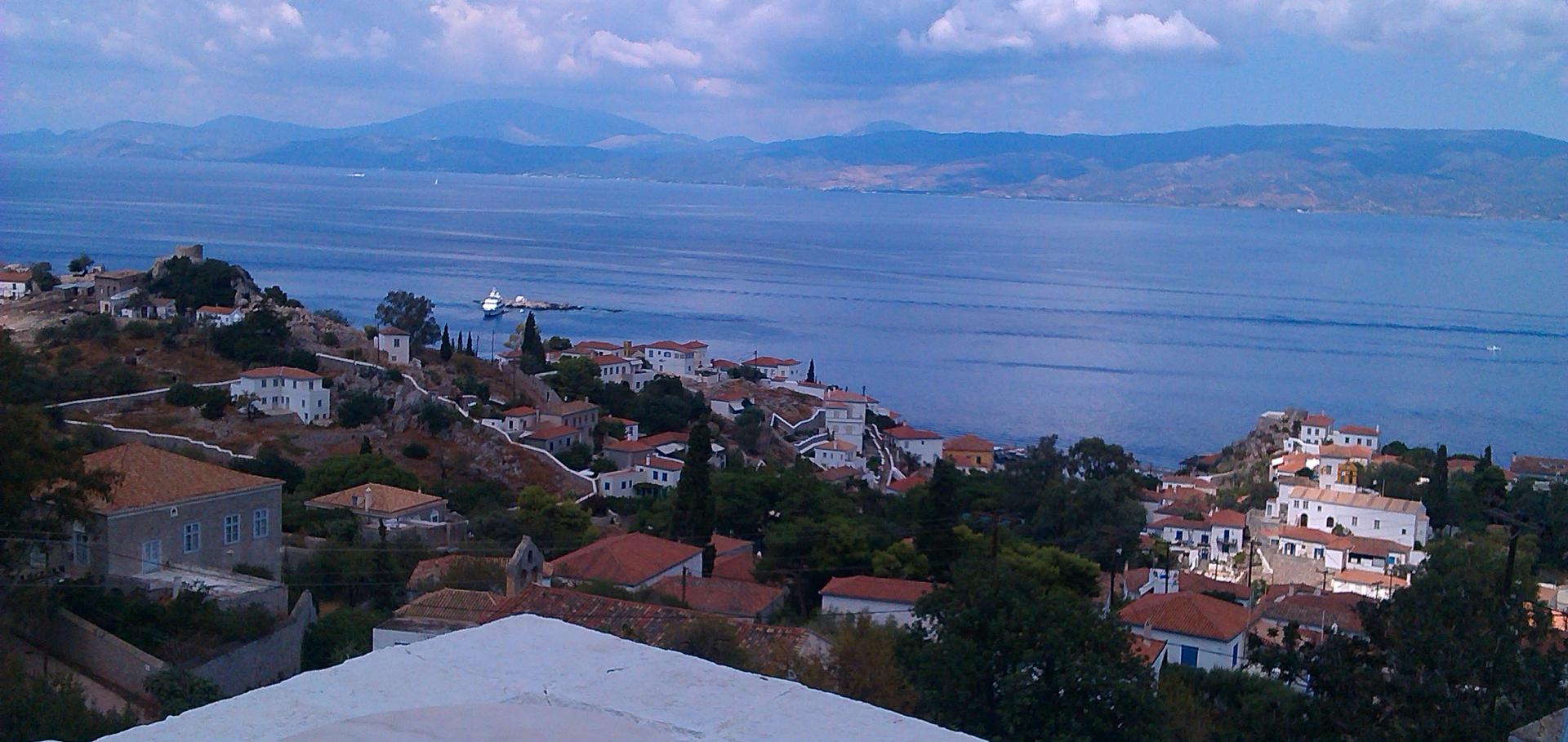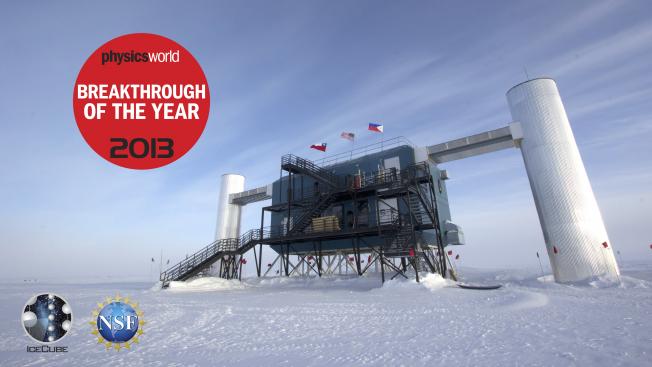Publisher Correction: Detection of a particle shower at the Glashow resonance with IceCube.
Nature (2021)
Detection of a particle shower at the Glashow resonance with IceCube
Nature Springer Nature 591:7849 (2021) 220-224
Abstract:
The Glashow resonance describes the resonant formation of a W<sup>-</sup> boson during the interaction of a high-energy electron antineutrino with an electron<sup>1</sup>, peaking at an antineutrino energy of 6.3 petaelectronvolts (PeV) in the rest frame of the electron. Whereas this energy scale is out of reach for currently operating and future planned particle accelerators, natural astrophysical phenomena are expected to produce antineutrinos with energies beyond the PeV scale. Here we report the detection by the IceCube neutrino observatory of a cascade of high-energy particles (a particle shower) consistent with being created at the Glashow resonance. A shower with an energy of 6.05 ± 0.72 PeV (determined from Cherenkov radiation in the Antarctic Ice Sheet) was measured. Features consistent with the production of secondary muons in the particle shower indicate the hadronic decay of a resonant W<sup>-</sup> boson, confirm that the source is astrophysical and provide improved directional localization. The evidence of the Glashow resonance suggests the presence of electron antineutrinos in the astrophysical flux, while also providing further validation of the standard model of particle physics. Its unique signature indicates a method of distinguishing neutrinos from antineutrinos, thus providing a way to identify astronomical accelerators that produce neutrinos via hadronuclear or photohadronic interactions, with or without strong magnetic fields. As such, knowledge of both the flavour (that is, electron, muon or tau neutrinos) and charge (neutrino or antineutrino) will facilitate the advancement of neutrino astronomy.A Test of the Cosmological Principle with Quasars
Letters of the Astrophysical Journal American Astronomical Society 908 (2021) L51-L51
Abstract:
We study the large-scale anisotropy of the Universe by measuring the dipole in the angular distribution of a flux-limited, all-sky sample of 1.36 million quasars observed by the Wide-field Infrared Survey Explorer (WISE). This sample is derived from the new CatWISE2020 catalog, which contains deep photometric measurements at 3.4 and 4.6 $\mu$m from the cryogenic, post-cryogenic, and reactivation phases of the WISE mission. While the direction of the dipole in the quasar sky is similar to that of the cosmic microwave background (CMB), its amplitude is over twice as large as expected, rejecting the canonical, exclusively kinematic interpretation of the CMB dipole with a p-value of $5\times10^{-7}$ ($4.9\sigma$ for a normal distribution, one-sided), the highest significance achieved to date in such studies. Our results are in conflict with the cosmological principle, a foundational assumption of the concordance $\Lambda$CDM model.Measurements of the Time-Dependent Cosmic-Ray Sun Shadow with Seven Years of IceCube Data -- Comparison with the Solar Cycle and Magnetic Field Models
Physical Review D: Particles, Fields, Gravitation and Cosmology American Physical Society 103:4 (2021) 042005



